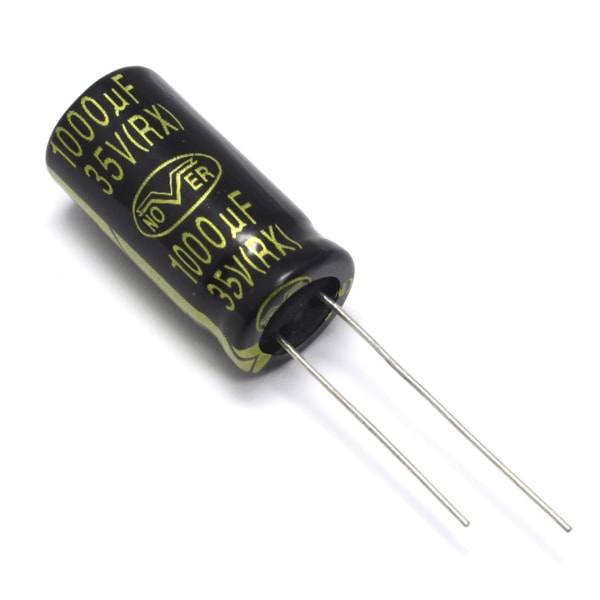High ESR in Capacitors

ESR stands for Equivalent Series Resistance. It refers to the internal resistance that appears in series with an ideal capacitor. This resistance is not an actual physical resistor but represents the combined effects of:
- Dielectric losses (in the insulating material between the capacitor plates).
- Conduction losses (through the leads and connections).
- Electrolytic or material losses (in the case of electrolytic capacitors).
Problems Caused by High ESR
Heat Generation:
High ESR results in higher power dissipation (as heat), especially when the capacitor is used in high-frequency or high-current applications.
Excessive heating can lead to capacitor failure over time.
Reduced Efficiency:
In circuits where capacitors are used for filtering or energy storage, a high ESR reduces the efficiency of the capacitor by limiting its ability to deliver current quickly.
This is particularly problematic in switching power supplies or audio circuits.
Voltage Drop:
A high ESR introduces additional resistance in the circuit, causing an unwanted voltage drop. This can degrade the performance of the system.
Poor High-Frequency Performance:
Capacitors with high ESR are less effective at bypassing high-frequency noise or smoothing voltage ripples, as their impedance becomes significant at higher frequencies.
Instability in Circuits:
In applications like voltage regulators or oscillators, high ESR can destabilise the circuit or impair its functionality.
Shorter Lifespan:
The combination of heat, stress, and inefficiency caused by high ESR often leads to premature capacitor failure.
Find the Bitsbox range of Low ESR electrolytic capacitors here - https://bit.ly/Bitsbox_LowESR
